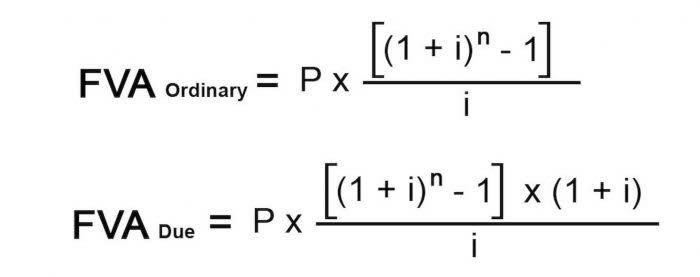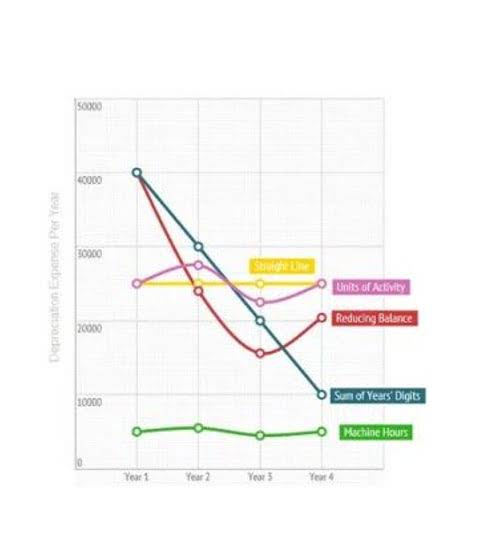
It is a preventive measure and helps you represent your financial records accurately. In accrual-basis accounting, recording the allowance for doubtful accounts at the same time as the sale improves https://www.bookstime.com/blog/mental-health-billing the accuracy of financial reports. The projected bad debt expense is properly matched against the related sale, thereby providing a more accurate view of revenue and expenses for a specific period of time.

Real-time credit health with AI-based credit scoring models
For many business owners, it can be difficult to estimate your bad debt reserve. There are a few different ways you can calculate your predictions. Here is how the allowance for doubtful accounts is a contra asset account that equals a reliable collections automation solution can help optimize your collections and reduce the need to create an allowance for doubtful accounts.
3 Bad Debt Expense and the Allowance for Doubtful Accounts
- A company can further adjust the balance by following the entry under the “Adjusting the Allowance” section above.
- The entry for bad debt would be as follows, if there was no carryover balance from the prior period.
- To account for this possibility, businesses create an allowance for doubtful accounts, which serves as a reserve to cover potential losses.
- Let’s consider a situation where BWW had a $20,000 debit balance from the previous period.
- Bad Debt Expense increases (debit) as does Allowance for Doubtful Accounts (credit) for $58,097.
- A company uses this account to record how many accounts receivable it thinks will be lost.
By a miracle, it turns out the company ended https://x.com/BooksTimeInc up being rewarded a portion of their outstanding receivable balance they’d written off as part of the bankruptcy proceedings. Of the $50,000 balance that was written off, the company is notified that they will receive $35,000. Note that if a company believes it may recover a portion of a balance, it can write off a portion of the account. In practice, adjusting can happen semiannually, quarterly, or even monthly—depending on the size and complexity of the organization’s receivables. As a general rule, the longer a bill goes uncollected past its due date, the less likely it is to be paid.
- For the sake of this example, assume that there was no interest charged to the buyer because of the short-term nature or life of the loan.
- With this method, accounts receivable is organized into categories by length of time outstanding, and an uncollectible percentage is assigned to each category.
- That journal entry assumed a zero balance in Allowance for Doubtful Accounts from the prior period.
- Doubtful debt is money you predict will turn into bad debt, but there’s still a chance you will receive the money.
- If a customer ends up paying (e.g., a collection agency collects their payment) and you have already written off the money they owed, you need to reverse the account.
- You can create a cushion known as a ‘bad debt reserve.‘ This financial safety net ensures that even if some customers don’t pay up, it won’t disrupt your business operations.
Specific Identification Method
So bad debt expense is going to be debited and we’re going to credit the allowance for doubtful accounts. This is a credit balance that’s related to our accounts receivable account, Okay? With this method, accounts receivable is organized into categories by length of time outstanding, and an uncollectible percentage is assigned to each category. The length of uncollectible time increases the percentage assigned. For example, a category might consist of accounts receivable that is 0–30 days past due and is assigned an uncollectible percentage of 6%.
- It’s important to note that an allowance for doubtful accounts is simply an informed guess, and your customers’ payment behaviors may not align.
- This leads to an ending balance in the ADA, which should be a credit balance.
- The allowance method is the more widely used method because it satisfies the matching principle.
- Unlike the percentage of sales method, this approach factors in both payment due dates and the duration for which they’ve been pending.
- This is different from the last journal entry, where bad debt was estimated at $58,097.
Generally Accepted Accounting Principles
The accounting journal entry to create the allowance for doubtful accounts involves debiting the bad debt expense account and crediting the allowance for doubtful accounts account. While the allowance for doubtful accounts is a useful accounting method that can help assess the true value of the accounts receivable asset, it has shortfalls that need to be considered. It is impossible to know which customers will default in a given year, which makes the process inherently inaccurate. If a large customer defaults unexpectedly, the allowance for doubtful accounts will not protect a company from suffering significant impacts to cash flow and profitability. The AFDA helps accountants estimate the amount of bad debt that is expected to be uncollectable and adjusts the accounts receivables balance accordingly. This ensures that the company’s financial statement accurately reflects its overall financial health.

There are many reasons why creating a provision for doubtful accounts may be prudent, like ensuring accurate financial reporting, managing your risk, and staying compliant. An accounting principle that requires expenses to be matched with the revenues they help to generate in the same period. It’s important to note that an allowance for doubtful accounts is simply an informed guess, and your customers’ payment behaviors may not align. Let’s explore the importance of allowance for doubtful accounts, the methods of estimating it, and how to record it. Businesses can use the proper methods to estimate the AFDA to ensure their balance sheets remain accurate and up-to-date.

Is Allowance for Doubtful Accounts a Credit or Debit?
If a company has a history of recording or tracking bad debt, it can use the historical percentage of bad debt if it feels that historical measurement relates to its current debt. For example, a company may know that its 10-year average of bad debt is 2.4%. Therefore, it can assign this fixed percentage to its total accounts receivable balance since more often than not, it will approximately be close to this amount. The company must be aware of outliers or special circumstances that may have unfairly impacted that 2.4% calculation. The sales method applies a flat percentage to the total dollar amount of sales for the period. For example, based on previous experience, a company may expect that 3% of net sales are not collectible.
